AO Edited
Dachau Concentration Camp
The prototype for all Nazi concentration camps.
Dachau, located 10 miles north of Munich, Germany, was the first concentration camp built by the Nazis, and served as a model for all later camps. It was originally intended for political prisoners, including German Communists and Social Democrats, and over time other groups were held there, such as Jehovah’s Witnesses, Christian religious prisoners, Romani, and homosexuals—and eventually more than 20,000 Jews, moved there from other camps as American forces approached in 1945.
A training center for SS concentration camp guards, Dachau’s organization and routine became the model for all Nazi concentration camps. Between 1933 and 1945, Nazi Germany and its allies established more than 44,000 camps and other incarceration sites (including ghettos). They used these sites for a range of purposes, including forced labor, detention of people thought to be enemies of the state, and extermination.
At Dachau, a crematorium area was constructed in 1942 to dispose of the increasing number of casualties of typhoid, starvation, and executions. Dachau’s prisoners were used as subjects of medical experiments and hundreds of prisoners died or were permanently crippled as a result of these experiments.
Although the crematorium was kept busy disposing of the remains of prisoners who died at Dachau, most prisoners who were terminally ill or sentenced to death were sent to the Hartheim euthanasia center near Linz, Austria, to be gassed. Prisoners were executed at Dachau by a gallows or by firing squads located near the crematorium.
When the 42nd U.S. Infantry Division liberated Dachau on April 29, 1945, there were 67,665 registered prisoners in Dachau and its sub camps, among them 22,100 Jews. American soldiers nearing the camp were appalled at the more than 30 railroad cars filled with bodies brought to Dachau. Inside the camp, the Americans discovered approximately 32,000 prisoners, crammed 1,600 to each of 20 barracks designed to house only 250 people.
U.S. medical personnel began lifesaving measures for the most severely ill prisoners, and soldiers shared their rations and cigarettes with emaciated survivors.
Today, the camp is a monument visited by thousands of people of all nationalities, a tangible reminder of the best and worst of human nature.










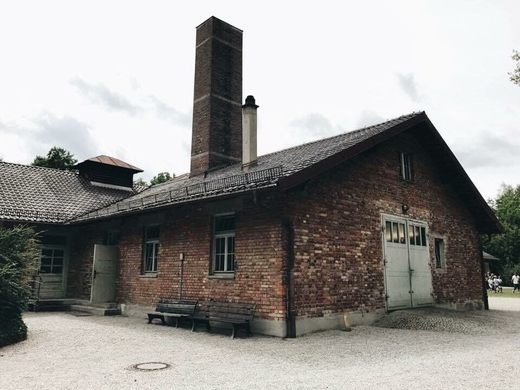


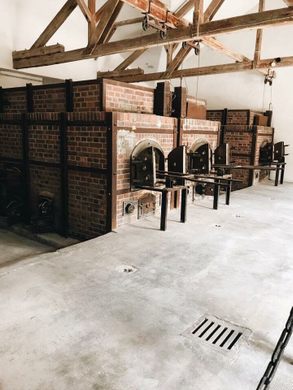


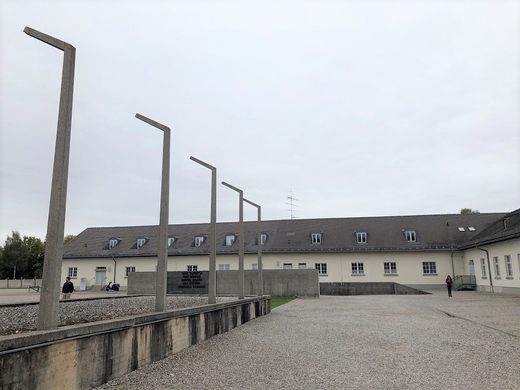







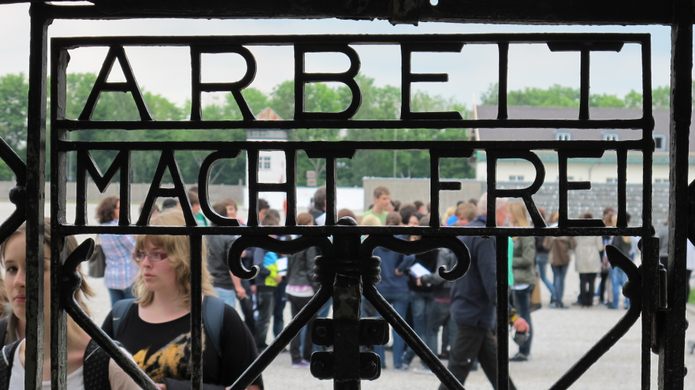
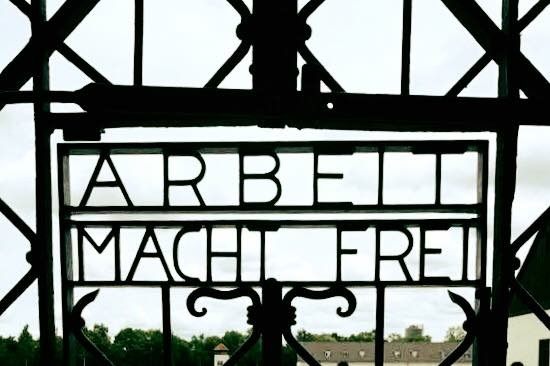













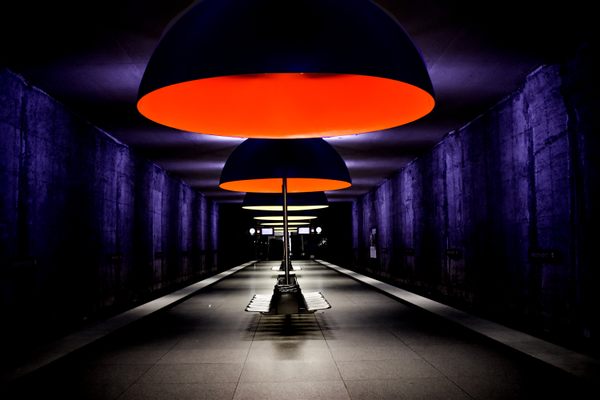




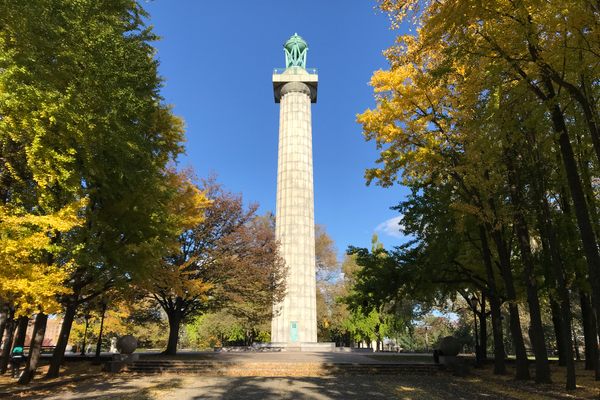
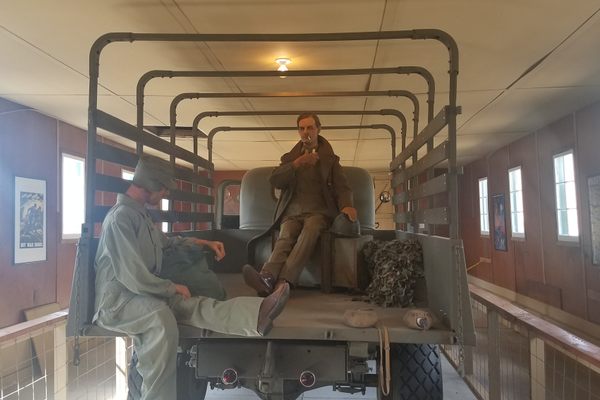

Follow us on Twitter to get the latest on the world's hidden wonders.
Like us on Facebook to get the latest on the world's hidden wonders.
Follow us on Twitter Like us on Facebook